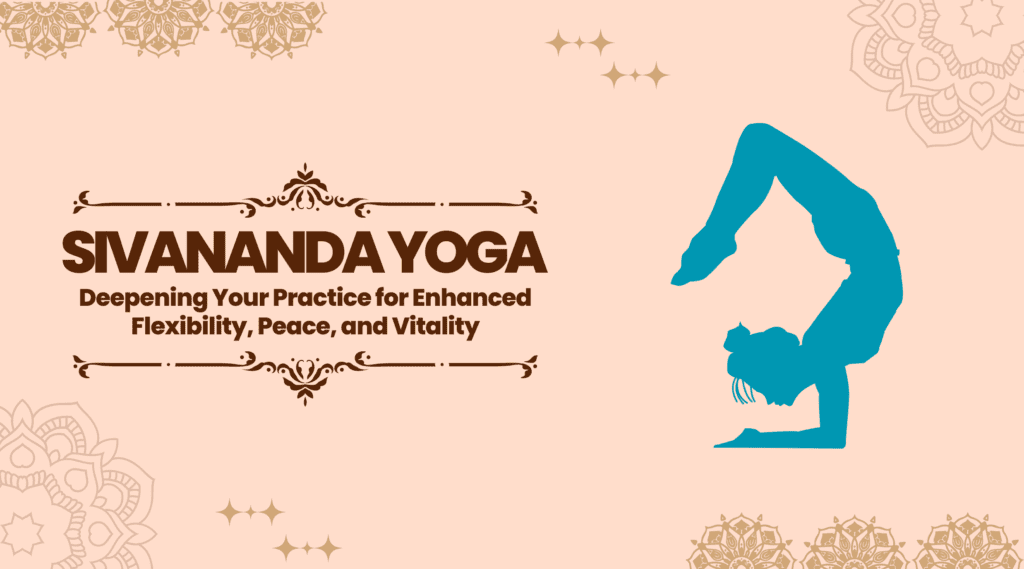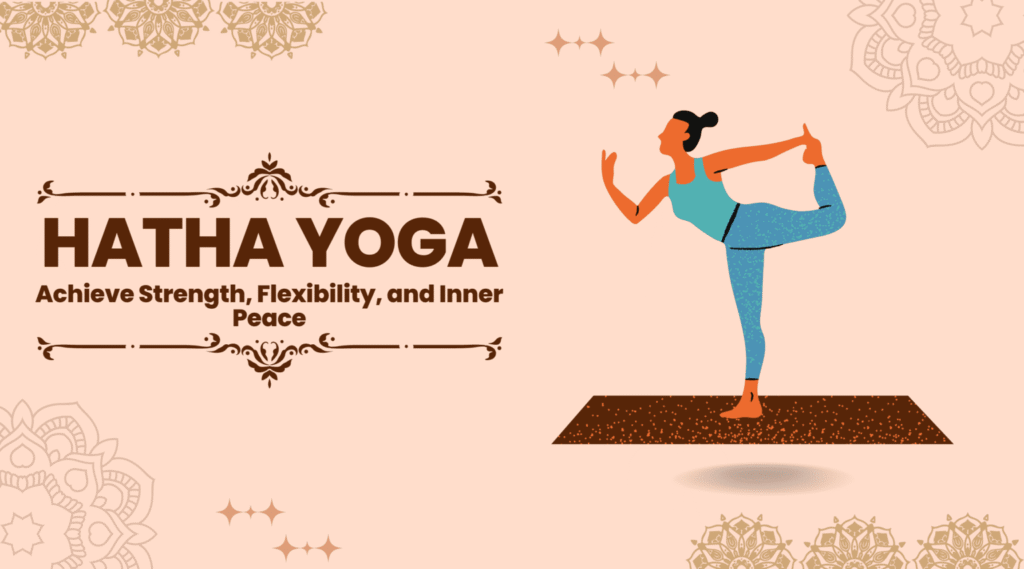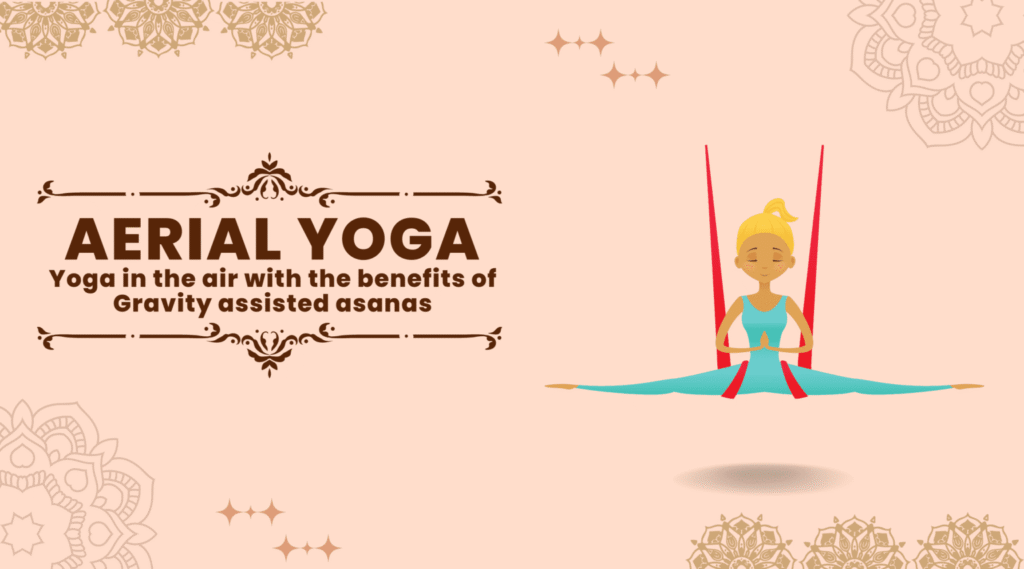
Introduction
Sivananda Yoga is a popular and influential form of hatha yoga. This involves the five principles of yoga, which Swami Sivananda saw as essential for a healthy and balanced life.
The principles include asanas (proper exercise), pranayama (proper breathing), vegetarianism (proper diet), savasana (proper relaxation), vedanta (positive thinking) and meditation (dhyana).
We will discuss these five principles in detail later in this article. The practice of Sivananda Yoga is good to harmonise the body, mind, and spirit. As well as it promote physical health, mental clarity, and spiritual growth.
Suggested: Best Yoga Retreats And Yoga Teacher Training In Rishikesh
History of Sivananda Yoga
Swami Sivananda (full name: Swami Sivananda Saraswati) developed this form of Yoga. It was a holistic and comprehensive approach to yoga practice in the early 20th century. Swami Sivananda was a renowned spiritual leader and teacher who was born in Pattamadai, Tamil Nadu, India in 1887. He lived in India from 1887 to 1963. After completing his medical degree, he became a doctor in Malaysia. And later he moved to Rishikesh in the foothills of the Himalayas. Here, he dedicated his life to the practice of yoga and spiritual teaching.
Swami Sivananda was also a prolific writer and he authored more than 200 books on yoga, Vedanta, and spirituality. He founded the Divine Life Society in 1936 to spread his teachings and promote the practice of yoga and spiritual life. The organisation has since grown to become one of the most respected and influential spiritual organisations in the world.
The Five Key Principles of Sivananda Yoga
The five principles of this yoga form are:
1. Proper Exercise (Asanas): Sivananda Yoga includes a sequence of 12 basic asanas of yoga postures. And practitioners need to perform these asanas in a specific order. These asanas promote strength, flexibility, and balance in the body.
2. Proper Breathing (Pranayama): Sivananda Yoga includes various pranayama or breath control exercises, which help to regulate the breath and calm the mind.
3. Proper Relaxation (Savasana): This yoga emphasises the importance of relaxation and includes a final relaxation pose, known as savasana.
4. Proper Diet (Vegetarianism): This yoga style places a strong emphasis on a vegetarian diet as an integral part of the yoga practice.
5. Positive Thinking and Meditation (Vedanta and Dhyana): It emphasises the practice of meditation and positive thinking as key components of a holistic yoga practice.
Benefits of Sivananda Yoga
Here are some of the benefits of practising this form of Yoga:
1. Betterment in physical health Conditions: It helps increase strength, flexibility and overall health. The asanas in this yoga style also help to improve circulation, stimulate the digestive system, as well as boost the immune system.
2. Reduces stress and anxiety: The combination of asanas, pranayama, and meditation in Sivananda Yoga helps to reduce stress and anxiety. It promotes deep relaxation and a sense of calmness. Hence, it can help to alleviate mental and emotional stress.
3. Promotes spiritual growth: Sivananda Yoga emphasises positive thinking and meditation, so it leads to spiritual growth and inner peace. Regular practice of this yoga style can help to cultivate a sense of connection with the self and the universe.
4. Supports a vegetarian diet: This Yoga promotes a vegetarian diet, which is beneficial for health and the environment. A vegetarian diet can help to reduce the risk of chronic diseases, such as heart disease. Because of vegetarian diet, it can also reduce animal cruelty.
5. Improves overall well-being: It promotes a holistic approach to health and well-being. By practising the five key principles of Sivananda Yoga, practitioners can improve their physical, mental, emotional, and spiritual health. And this way, this yoga form can lead to a more balanced and fulfilling life.
Techniques of Sivananda Yoga
The practice of Sivananda Yoga typically begins with chanting the mantra Om or another devotional chant. Then it follows a series of warm-up exercises and stretches. After that other techniques are used in the practice. Here are some of the techniques commonly used in this Yoga style:
1. Asanas (Yoga Poses): This Yoga includes a set of 12 basic asanas, including inversions, forward bends, backbends, twists, and standing postures. One need to practise the asanas in a specific sequence to improve flexibility, strength, and balance.
2. Pranayama (Breathing Techniques): It emphasises proper breathing techniques to enhance lung capacity and improve the flow of prana (life force energy) in the body. Pranayama exercises include alternate nostril breathing, deep abdominal breathing, and ujjayi breathing.
3. Meditation: It incorporates various forms of meditation such as mantra meditation, visualisation, and concentration techniques. Meditation is beneficial to calm the mind, reduce stress, and promote spiritual growth.
4. Savasana (Corpse Pose): At the end of each practice, there is a long relaxation period called Savasana. This pose allows the body and mind to fully relax and release any tension.
5. Vegetarian Diet: Sivananda Yoga encourages a vegetarian diet as part of a healthy and ethical lifestyle. A vegetarian diet is believed to be beneficial for the body, mind, and spirit as well as a way to promote compassion and non-violence.
6. Positive Thinking and Self-Reflection: This Yoga emphasises positive thinking and self-reflection as a way to cultivate inner peace and happiness. The practice encourages practitioners to cultivate positive thoughts and attitudes, as well as to reflect on their own actions and behaviour.
12 Basic Asanas of Sivananda Yoga
12 basic asanas, are as follows:
1. Headstand (sirsasana)
2. Shoulder stand (sarvangasana)
3. Fish pose (Matsyasana)
4. Plough pose (halasana)
5. Forward bend (paschimottanasana)
6. Cobra pose (bhujangasana)
7. Locust pose (shalabhasana)
8. Bow pose (dhanurasana)
9. Half-spinal twist (ardha matsyendrasana)
10. Lotus pose (padmasana)
11. Corpse pose (savasana).
12. Triangle Pose (Trikonasana)
These asanas are practised in a specific order, with each pose building on the previous one to create a holistic and balanced practice.
Features of Sivananda Yoga
The main features are:
1. Five key principles: It strongly emphasises five key principles that are essential for a balanced and holistic practice.
2. Sequence of asanas: It follows a specific sequence of 12 basic asanas to promote strength, flexibility, and relaxation.
3. Focus on breathing: Sivananda Yoga places a strong emphasis on proper breathing techniques. Practitioners perform pranayama exercises, such as alternate nostril breathing and deep abdominal breathing. The practice of these breathing techniques enhance lung capacity and improve oxygenation of the body.
Cautions while practising Sivananda Yoga
This Yoga is generally safe for most people. But there are some cautions to keep in mind when practising this style of yoga. Such as practitioners should know their limitations, stay cautious with inversions, avoid overexertion as well as practise a proper alignment etc.
Expectation from a Sivananda Yoga Class
When attending a Sivananda Yoga class, you can generally expect the following:
1. Gentle warm-up: The class will typically begin with a gentle warm-up, such as deep breathing or simple stretches to prepare the body for the practice.
2. Basic sequence of asanas: One can expect following a set sequence of 12 basic asanas in a specific order. The teacher will guide you through each pose. As well as he will providing instructions on alignment and modifications as needed.
3. Emphasis on breathing: This style places a strong emphasis on proper breathing techniques. The teacher will guide you through various pranayama exercises to enhance lung capacity and improve oxygenation of the body.
4. Relaxation: It incorporates a long relaxation period, known as Savasana, at the end of each practice. This period of relaxation allows the body and mind to fully relax and release any tension.
5. Positive thinking and meditation: This yoga encourages practitioners to cultivate positive thoughts and attitudes as well as to incorporate meditation into their practice. The teacher may guide you through various meditation techniques to quiet the mind, reduce stress and promote spiritual growth.
Conclusion
Sivananda Yoga is a holistic and comprehensive approach to yoga. It emphasises the five principles of proper exercise, proper breathing, proper relaxation, proper diet as well as positive thinking and meditation.
This yoga form is a gentle and accessible form of yoga hence can be practised by people of all ages and abilities. This yoga style is particularly well-suited for those seeking a balanced and integrated approach to yoga and spirituality.
You Can Also Read


